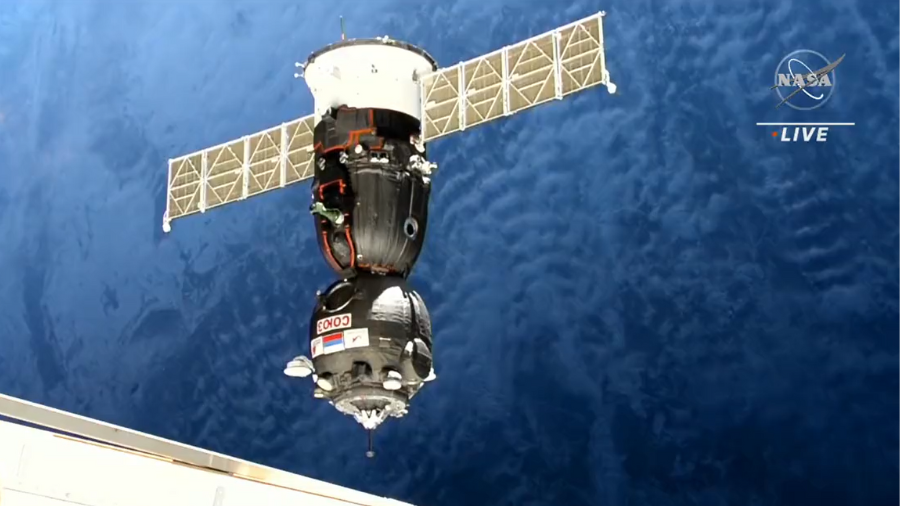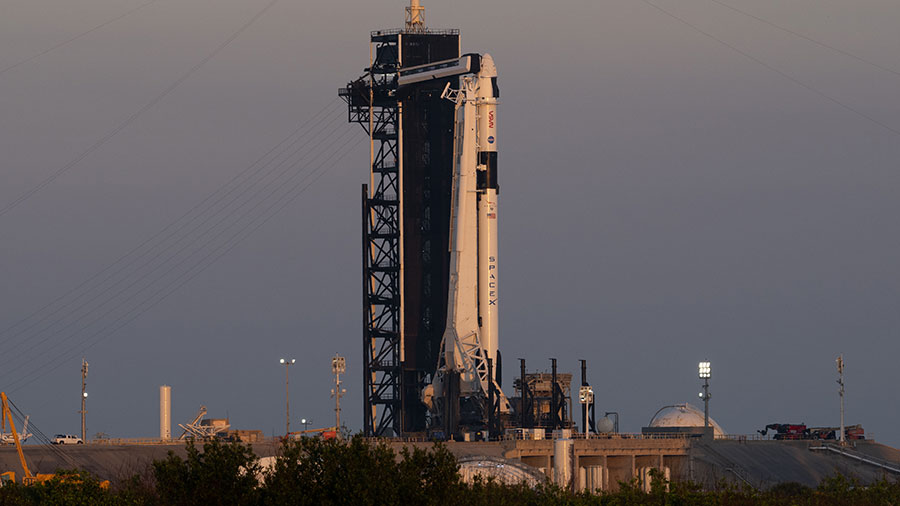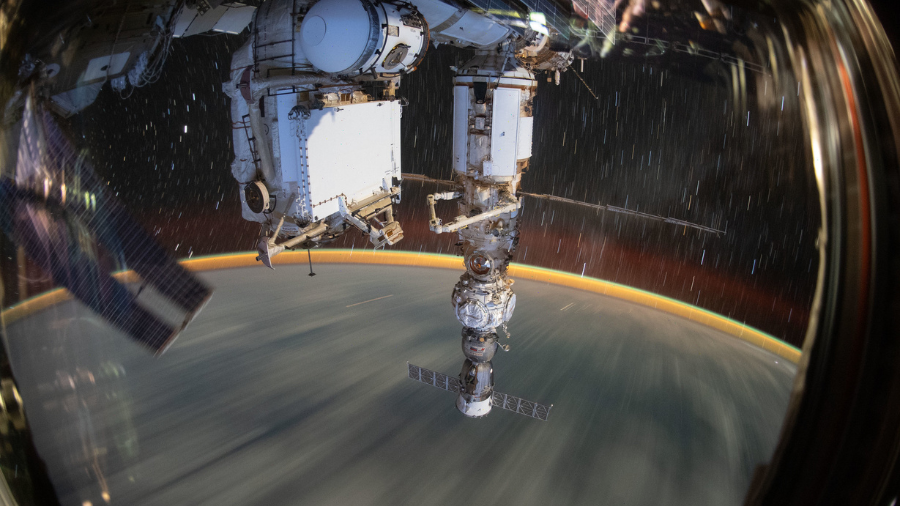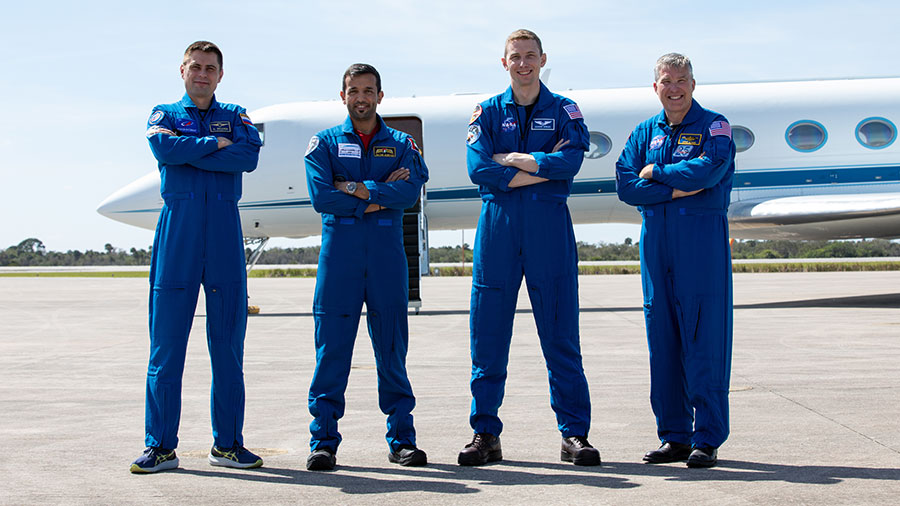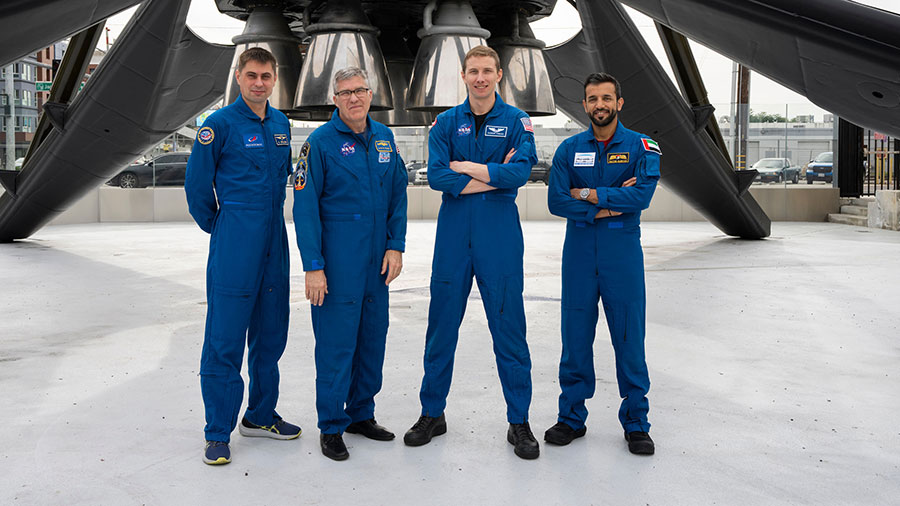
Four Expedition 68 astronauts took the afternoon off on Tuesday at the International Space Station while three cosmonauts focused on cargo transfers and lab maintenance. Meanwhile, the SpaceX Crew-6 mission is counting down to its launch at 12:34 a.m. EST on Thursday.
NASA Flight Engineer Frank Rubio handled the orbital plumbing duties inside the Tranquility module. Flight Engineer Koichi Wakata of JAXA (Japan Aerospace Exploration Agency) spent the day preparing urine samples to be stored in cold stowage for later use in research.
Wakata also assisted Nicole Mann in successfully removing and replacing the Simplified Aid for EVA Rescue, or SAFER, battery adapter in preparation for spacewalk activities. The SAFER is essentially a “life jacket” for spacewalks. The self-contained maneuvering unit is worn like a backpack and relies on small jet thrusters to let an astronaut move around in space.
Roscosmos cosmonauts Sergey Prokopyev and Dmitri Petelin offloaded cargo from the Soyuz MS-23 spacecraft docked to the Poisk module.
NASA Flight engineers Josh Cassada and Mann are busy preparing with cosmonaut Anna Kikina to return to Earth for the upcoming crew swap. The trio, along with Wakata, are due to return to Earth several days after the SpaceX Crew-6 mission arrives at the end of the week.
The Crew-6 members scheduled for arrival to the space station are mission commander Stephen Bowen and Pilot Warren “Woody” Hoburg, both from NASA, along with UAE (United Arab Emirates) astronaut Sultan Alneyadi and Roscosmos cosmonaut Andrey Fedyaev, who will join as mission specialists. The quartet is targeted to automatically dock to the space-facing port of the Harmony module at 1:17 a.m. on Friday. The four Crew-6 members will conduct advanced space research aboard the orbital outpost for the next six months.
Learn more about station activities by following the space station blog, @space_station and @ISS_Research on Twitter, as well as the ISS Facebook and ISS Instagram accounts.
Get weekly video highlights at: https://roundupreads.jsc.nasa.gov/videoupdate/
Get the latest from NASA delivered every week. Subscribe here: www.nasa.gov/subscribe


